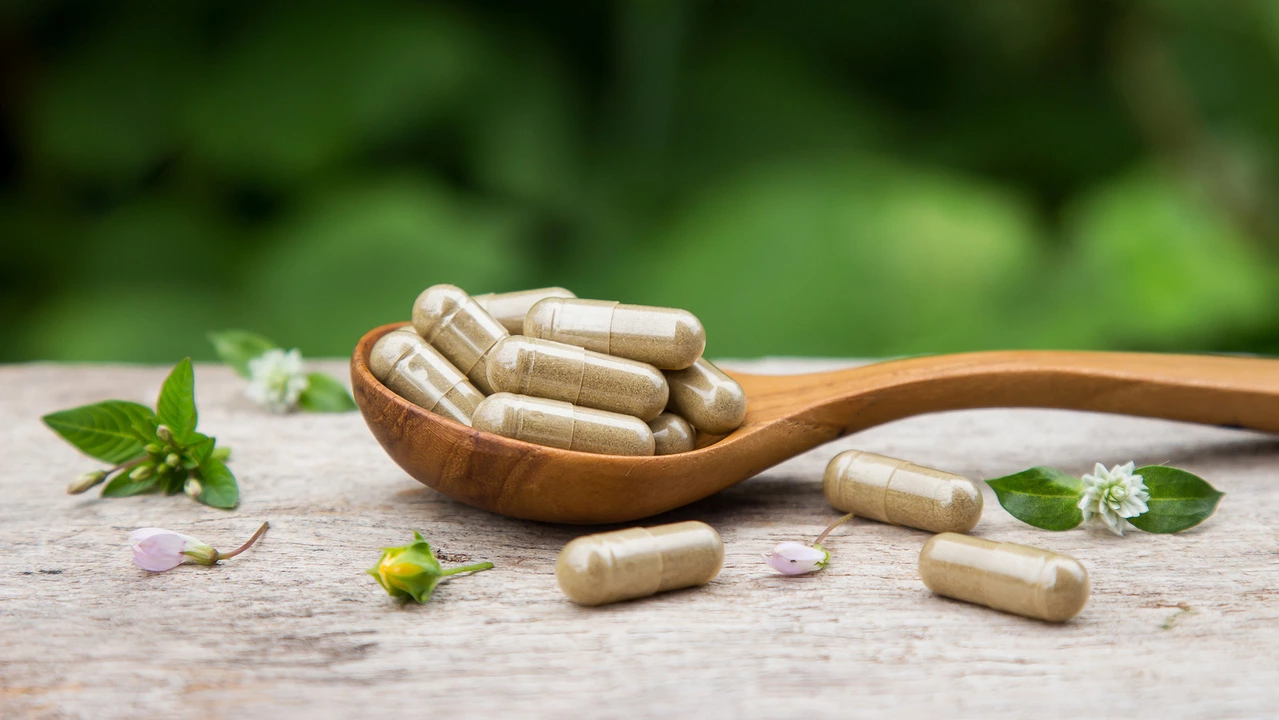Shea butter is a thick, creamy fat from the nuts of the shea tree (Butyrospermum parkii). You’ll see it in lotions, balms, and hair products because it locks in moisture and softens dry skin. It has fatty acids and vitamins A and E that help skin feel smoother. That doesn’t mean it fixes everything, but it’s a reliable, cheap hydrator for many skin and hair needs.
Want something simple you can trust? Use a little shea butter on dry hands, cracked heels, or rough elbows. Warm a small amount between your palms and press it in. It melts with body heat so it spreads easily. For hair, rub a pea-sized amount into dry ends to reduce frizz. Start small — its heavy texture can feel greasy if you use too much.
Look for “unrefined” or “raw” shea butter if you want the natural smell and highest nutrient level. Refined shea is lighter and scent-free, which can be fine if you don’t like the nutty aroma. Check the label for Butyrospermum parkii — that’s the INCI name. Pure shea should be off-white to pale yellow and solid at room temperature. If it’s perfectly white, strongly scented, or very runny, it may be mixed with other oils or heavily processed.
Price matters, but don’t assume the most expensive jar is better. Buy from a brand that lists ingredients clearly and shows origin if possible. If you’re allergic to tree nuts, do a patch test first: apply a tiny bit on the inner forearm and wait 24–48 hours for a reaction.
DIY basics: mix melted shea with a light carrier oil (like jojoba or sweet almond) to make it easier to spread. A basic ratio is 1 part shea to 1 part carrier oil. Add a few drops of essential oil if you want fragrance, but skip strong oils near broken skin. For a quick lip balm, melt a teaspoon of shea with a teaspoon of coconut oil and pour into a small tin.
For dry scalp, warm a small amount and massage into roots, leave 20–30 minutes, then shampoo as usual. For after-sun care, apply a thin layer to cooled skin to help lock in moisture. Avoid heavy use on oily, acne-prone faces — it can clog pores for some people. Always do a patch test before wide use.
Storage is simple: keep shea butter in a cool, dry place away from direct sunlight. It can last a year or more if kept sealed. If it smells off or changes color dramatically, toss it.
Shea butter is an easy, natural tool for everyday skin and hair care. Start with a small jar, test it on one area, and you’ll quickly know if it fits your routine.

I recently discovered the magic of Shea Butter and I just had to share it with you all! Shea Butter is not only a fantastic moisturizer for our skin, but it can also be a nutrient-packed dietary supplement. This amazing product is derived from the nuts of the Shea tree and is loaded with vitamins A, E, and F, as well as essential fatty acids. Not only does it promote healthy skin, but it also offers anti-inflammatory and antioxidant benefits, making it an ideal addition to our daily routine. I encourage everyone to try Shea Butter and experience its magical properties for themselves!